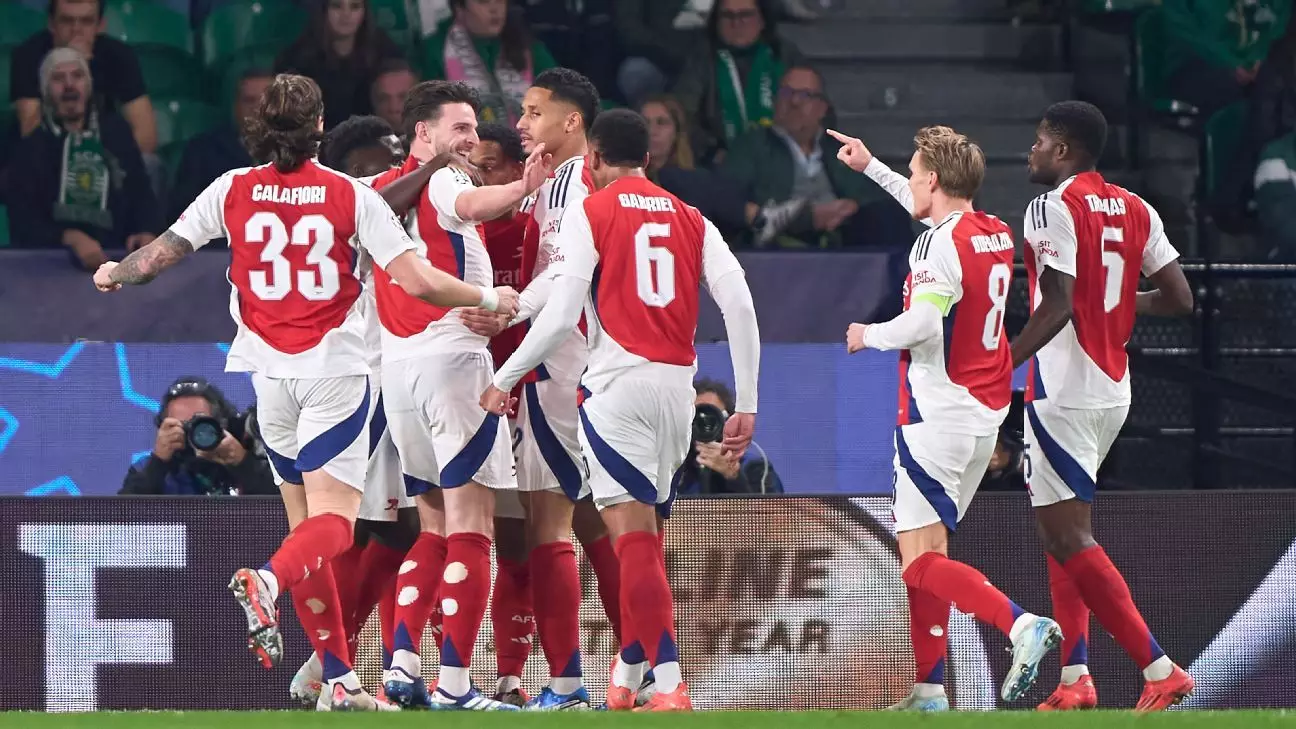The excitement surrounding the UEFA Champions League (UCL) is palpable as it enters the knockout phase with the much-anticipated round of 16. This new format not only adds a twist to traditional Champions League structures but also elevates the stakes for participating teams. Below, we explore the intricacies of the draw, match schedule, and the implications of this year’s competitive landscape.
The draw for the round of 16 is a major event that takes place on February 21 at 6 a.m. ET / 11 a.m. GMT. This is when the fate of the top-performing clubs in the league phase will be decided, as they discover their matchups for the knockout stage. The league phase has seen eight clubs automatically qualify, while the remaining teams battled through knockout playoff rounds to secure their spots.
The current clubs includes renowned teams such as Arsenal, Aston Villa, Atlético Madrid, Barcelona, and Bayern Munich, all vying for the coveted Champions League title. The other contenders advancing from the playoffs—known as KO-PO rounds—include clubs like Benfica, Lille, and Jurgen Klopp’s Liverpool. As the excitement builds ahead of the draw, fans are left to speculate about potential matchups between European powerhouses.
Structure of the Knockout Stage
Unlike previous iterations of the Champions League, this format utilizes a predetermined knockout bracket based on league standings. Teams that emerged as the top eight will each enter a bracket position, effectively setting up future fixtures while avoiding potential matchups until the finals. Essentially, the teams are drawn in pairs, which then determines their respective positions without the randomness typically associated with prior draws.
For example, a pairing system dictates that the top two finishers, Liverpool and Barcelona, can only face the winners of clubs finishing 15th through 18th in their matchups. This structured approach adds an element of strategy; as teams look to avoid certain rivals further down the road.
Analyzing the Matchup Dynamics
The draw process involves careful consideration, beginning with the lower-ranked teams before ascending the bracket. The first drawn teams, along with others based on their pairings, will match up against opponents as they work through the bracket to the quarterfinals. For instance, both Liverpool and Barcelona must navigate their paths against resilient opponents like Paris Saint-Germain and Benfica.
The implication of this new format is fascinating, particularly when considering team performance and momentum heading into the knockout rounds. Matchups can dictate not just the immediate competition but potential future encounters with other robust teams, creating a narrative of rivalry and ambition that defines the Champions League.
Looking ahead, the schedule for the knockout rounds reveals an exhilarating array of matches. The first legs of the round-of-16 will occur on March 4-5, followed by the second legs on March 11-12. As teams prepare for this key stage, they understand that each match could spell triumph or heartbreak—a scenario that embodies the very ethos of the Champions League.
As the tournament progresses, the quarterfinals are scheduled for April 8-9 and April 15-16, while the semifinals will take place on April 29-30 and May 6-7. Finally, the stage will be set for the climactic final on May 31 at the Allianz Arena in Munich—a venue rich in football history.
Strategic Roster Management
Moreover, each club is navigating the strategic landscape of player registration. Clubs competing in the knockout stages have the opportunity to make three changes to their official squads, adding yet another layer of complexity as teams navigate January transfer window dynamics. If a club signs multiple players, they must choose wisely, as only a limited number can feature in the knockout stages.
Clubs like Manchester City, having strengthened their roster, are tasked with integrating new talent while adhering to squad limitations. The overall player cap of 25 remains significant, and each decision can have profound ramifications for their Champions League ambitions.
The Road Ahead
As we edge closer to the Champions League’s round of 16, the blend of thrilling matchups, strategic planning, and the drama of the knockout stage promises an enthralling experience for clubs and fans alike. With the draw just around the corner, the anticipation of how each will fare—amidst fierce European competition—fuels the passion that the UEFA Champions League inspires in its audience. The stage is set, and the journey to glory continues!

Leave a Reply